Spelt flour’s great, right? Packs a punch of nuttiness and gives our baked goods a hearty texture that keeps us coming back for more.
Problem is, sometimes it’s either not on our pantry shelf or we’re chatting with someone who just can’t handle gluten well. No sweat!
We’ve got the scoop on the top 5 substitutes that’ll keep your baking game strong.
Ever tried almond flour in your cookies? Or how about whipping up a bread with oat flour?
Each has its own vibe, making your kitchen experiments not just successful, but exciting. And guess what?
You’re not sacrificing health or flavor. It’s all about keeping things tasty, easy, and accessible.
Stick around, because we’re about to dive into these awesome alternatives that’ll make your next bake session a hit.
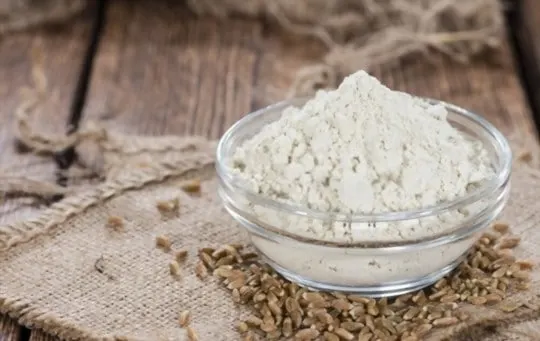
The 5 Best Substitutes for Spelt Flour
For those of you who are interested in baking with spelt flour, but don’t have any on hand, never fear.
There are plenty of substitutes that will work just as well in your recipe.
1 – Einkorn Flour
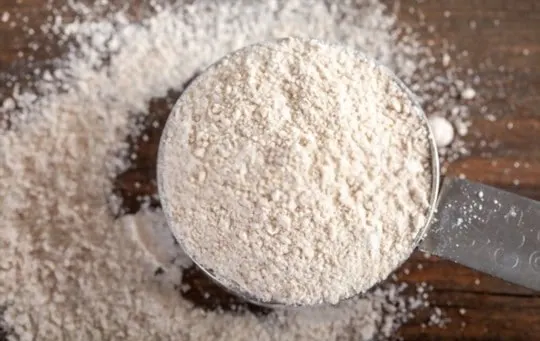
Einkorn flour is a type of flour that is made from the ancient grain einkorn wheat.
This wheat was one of the first grains to be domesticated, and it is thought to be the grain used in the first loaf of bread.
Einkorn wheat is different from modern wheat in several ways:
- It has a lower gluten content, which makes it more suitable for people with gluten sensitivities.
- It is a more nutritious grain with higher levels of minerals and antioxidants.
- Einkorn wheat has a unique flavor that has been described as nutty and earthy.
Einkorn flour can be used in any recipe for wheat flour, but it works best in hearty bread and rustic pastries.
2 – Wheat Flour
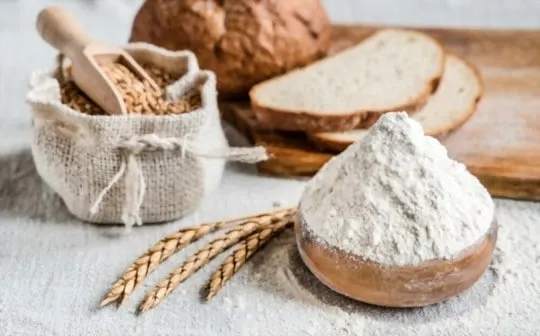
Wheat flour is a type of flour made from wheat that has been ground down to a fine powder.
It is a staple ingredient in many baking recipes, as it helps to give baked goods a light and fluffy texture.
Wheat flour is also high in gluten, which helps to give bread its distinctive chewy texture.
When shopping for wheat flour, choose a brand milled from whole wheat berries for the most nutritional value.
Whole wheat flour contains all of the nutrient-rich parts of the grain, including the bran (outer layer), germ (inner layer), and endosperm (middle layer).
Store wheat flour in an airtight container in a cool, dark place, which will keep for up to six months.
3 – Amaranth Flour

Amaranth flour is a gluten-free flour made from the seeds of the Amaranth plant.
It has a nutty flavor and is rich in vitamins and minerals.
Amaranth flour can be used in place of wheat flour in baking and is also a good source of protein.
Because it is gluten-free and ideal for people with celiac disease or gluten intolerance.
Amaranth flour is also high in fiber and iron, making it a healthy choice for anyone looking to improve their diet.
Amaranth flour is a great choice whether you are looking for nutritious flour for baking or a health-conscious alternative to wheat flour.
4 – Kamut Flour
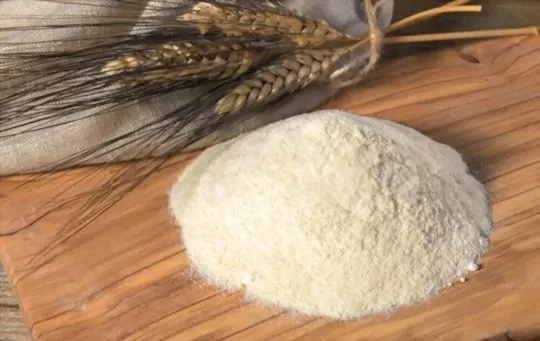
Kamut flour is a type of wheat flour that is milled from an ancient grain called Kamut.
This grain was first cultivated in the Middle East and is believed to be one of the oldest grains still in existence.
Kamut flour has a higher protein content than other wheat flour and is also higher in vitamins and minerals.
The flavor of Kamut flour is similar to whole wheat flour, but it has a slightly sweeter taste.
This flour can be used in any recipe that calls for wheat flour and can also be used as a substitute for other types of flour in gluten-free recipes.
Kamut flour is available at most health food stores and is an excellent choice for baking bread, cookies, and other baked goods.
5 – Barley Flour
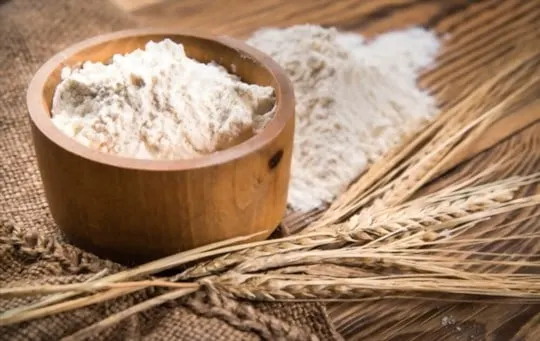
Barley flour is a type of flour made from ground barley.
It has a coarse texture and a nutty flavor. Barley flour is high in fiber and protein.
It is also a good source of iron and vitamin B1.
Barley flour can make bread, muffins, and other baked goods.
It can also be used as a thickener for soups and stews.
Because barley flour is not as fine as wheat flour, it may not be suitable for every recipe.
However, it can be a delicious and healthy alternative to other types of flour.
The nutritional value of barley flour makes it a good choice for people who are looking to improve their health.

Leave a comment